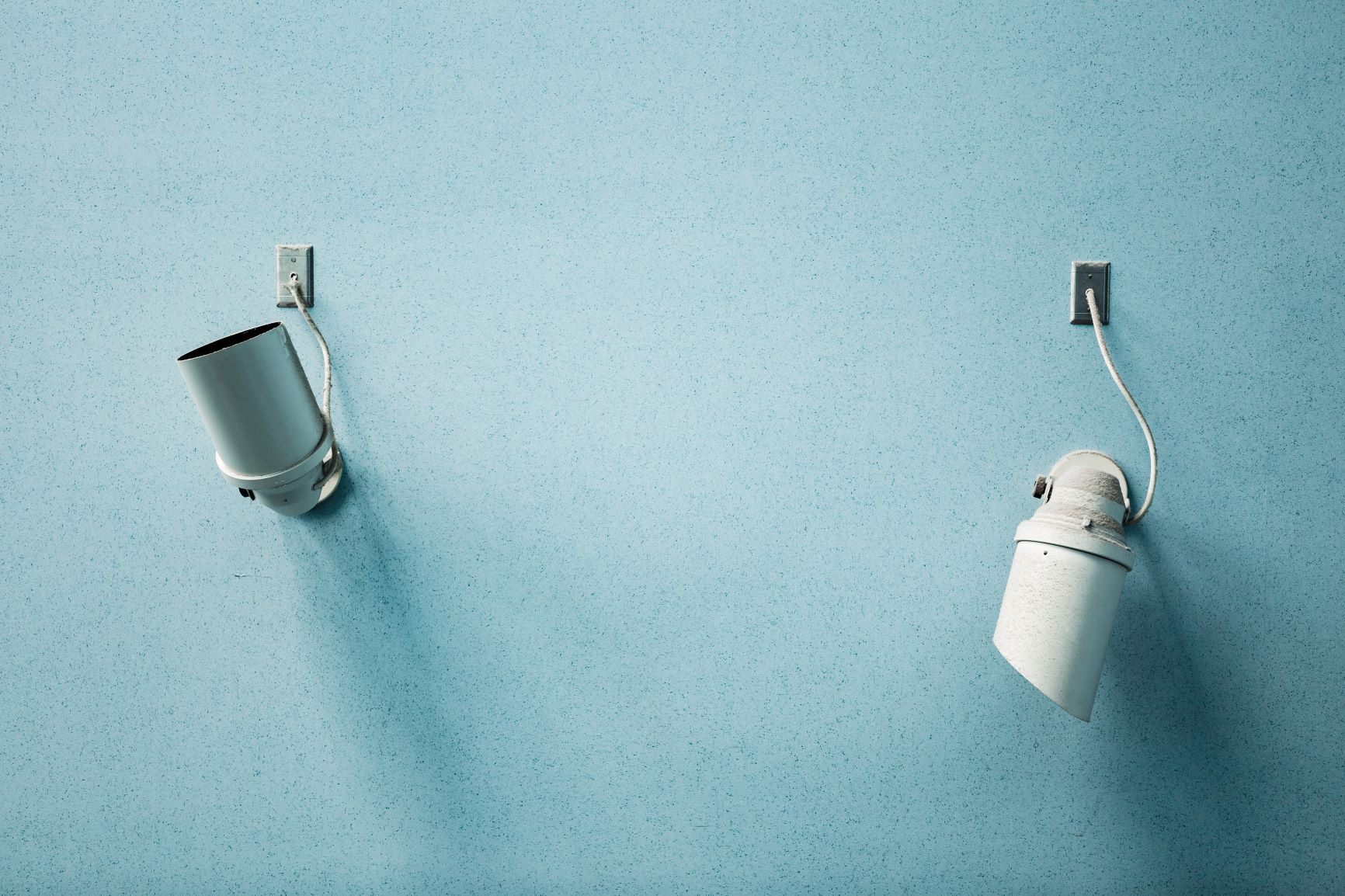Property damage can be a Landlord’s worst nightmare, but do you know when it’s damaged and when it’s just fair wear and tear? We break down the difference. To start, property investors and landlords can’t reasonably expect their property to be in brand-new condition or the same condition after a regular tenancy. Fair wear and tear is part of owning a rental property, while real damage is another story altogether. So how do you tell the difference and what should you do in each situation? Below, we’ve outlined our views.
Keep in mind that there can be a big difference between short-term and long-term leases because of different expectations and legal frameworks. Get in touch if you’re looking for short-term info specifically.
What is fair wear and tear in a rental property?
As a general rule, damage that happens through ordinary or expected day-to-day use of the property is classified as ‘wear and tear’. It might come about from repetitive operation (like walking over the same section of flooring multiple times a day), natural forces like wind, sun or rain, or from items that just naturally deteriorate over time.
A keyword in the description of this type of property deterioration is “fair” – is it reasonable that the problem has just happened as part of normal life? If yes, it’s probably just ‘wear and tear’. You’ll find this level of damage in most, if not all, tenancies.
Examples of normal or “fair” wear and tear include (but are certainly not limited to):
- Any damage caused by natural forces, like broken windows from storm activity or faded curtains from sun exposure
- Worn or stained flooring in high-traffic areas
- Faded, chipped or cracked paint
- Aged curtains or frayed cords (including furniture indentations)
- Worn kitchen benchtops
- Worn sliding tracks on windows and doors or worn seals on appliances
- Appliances breaking down
- Small tears in the fly screen
- Light scratches or scuff marks on walls
- Loose taps, faucets and toilet seats
What is classified as damage in a rental property?
On the other hand, actual “damage” happens out of negligence or malicious intent from the Tenant. So, it covers everything that the Tenant damaged on purpose, as well as anything accidental that could have been prevented with common sense or caution. So here’s an important thing to note: it’s not just “bad” Tenants that cause damage. It can be common with good Tenants too, especially in the case of an accident.
This type of damage is more problematic for Landlords, because it’s often worse than wear and tear, so it’s more expensive to fix. It also tends to be a bit more spread out across the property, or come coupled with other types of damage, instead of just being a few worn pieces here and there. If someone is careless in one area, there’s more of a chance they’ll be careless in others too.
Damage includes:
- Broken windows resulting from the Tenant hitting them accidentally
- Burnt kitchen bench tops from a hot pan or dish
- Broken appliances from negligence, like a dishwasher clogging from dishes not being rinsed and causing a flood
- Power surge from too many appliances plugged in
- Holes in the wall left from pictures/paintings
How should Landlords approach damage and fair wear and tear?
First things first, regular inspections are a must for identifying any problems with the way the Tenant is treating the home, or to check for any minor wear and tear issues that could balloon into a much bigger damage problem down the track. For properties with pets or kids, it can be a good idea to inspect more regularly but be careful that you are following the guidelines. If you are not receiving routine inspection reports from your property manager, you have every right to request them to be done or find another agency. Catching things early is critical if you are to have any hope of recuperating repair or replacement compensation.
Second, a good Tenant is another opportunity to lower your risk of real damage, so make sure your property manager is checking references thoroughly and getting a great Tenant who will take pride in the property.
Third, Property Providers recommends that all Landlords invest in proper insurance to protect their asset from all types of unforeseen circumstances.
Things to Remember
Normal ‘wear and tear’ happen in any property – no matter how perfect the home or the Tenant is. But if prevention doesn’t work, know your rights for claiming compensation when damage occurs. You can take the cost of the damage out of the Tenant’s bond when they leave or make a claim for the cost and lost rental income if applicable.
These situations may frustrate or anger a Landlord, but it is almost always best to negotiate an amicable and acceptable solution with the Tenant. Landlords often want to rush to apply with NCAT to get the resolution that they are looking for however, property investors should be cautious before doing so as the legislation is undeniably in the Tenants’ favour (and increasingly so).
Do you have a problem with damage to your investment property? Get in touch with us today.
Frequently Asked Questions
Fair wear and tear refers to natural deterioration that occurs through ordinary use of the property, like faded paint, minor scratches on walls, and worn flooring in high-traffic areas. It includes damage from natural forces and items that deteriorate over time.
Fair wear and tear refers to natural deterioration from everyday use, like faded paint or worn carpets. Careless or deliberate actions, such as broken windows, burnt benchtops, or wall holes, cause intentional damage. It’s more extensive and costlier to repair than regular wear and tear.
No, landlords cannot legally charge tenants for deterioration caused by normal wear and tear. Charges are applicable only for damages beyond the scope of regular usage, which impact the property’s value or require significant repairs.
Examples include small nail holes, faded or chipped paint, minor dings in walls, worn carpets, dirty appliances, and light scratches on fixtures. These are expected results of everyday use and aging.
Regular maintenance and routine inspections are important when managing wear and tear. This includes photographing and documenting the property’s condition before and after tenancy, creating a maintenance plan, and promptly addressing tenant maintenance requests.
Yes, landlords are responsible for maintaining the rental property, which includes addressing normal wear and tear. This may involve routine painting, carpet cleaning, and general upkeep to ensure the property remains habitable and appealing.
At Property Providers our core purpose is “Helping People Live Better”. As Sydney’s most flexible residential rental agency, we are totally focused on Property Management and renting “Your Property, Your Way”. We have designed 6 different rental services covering all facets of Long-Term Leasing as well as Short-Term Stays. Unlike franchise real estate agencies, we see the value in pragmatism and flexibility.
Whether you want to rent your property furnished or unfurnished, for 6 months or 5 years, we will manage your property, your way. Our bespoke marketing strategies deliver discerning international Tenants that understand quality and are prepared to pay for it. If you would like to learn more please continue exploring our website or call us on +612 9969 7599
CATEGORIES
- Case Studies (10)
- Industry (68)
- Investors (72)
- Long Term (36)
- Manly (16)
- Mosman (13)
- Regulation (14)
- Short Term (66)
- Style (11)
- Sydney (24)
- Uncategorized (2)
- Visitors (24)
Related Topics
#airbnb #booking.com #corporaterelocations #corporaterentals #corporaterentals #executiveleasing #shorttermrentals #executiverentals #extendedstays #furnishedrentals #holidayhome #holidayrental #homeaway #instantbooking #morebookings #novacancy #propertyproviderssydney #propertyproviderssydney #shorttermrentals #corporaterelocations #executiverentals #homeawayfromhome #furnishedrentals #localaccommodation #temporaryaccommodation #shorttermrental #shorttermrentals #vacationrentals advise for landlords guests hirehouse hireproperty Holiday Rentals Holiday Stays investment property lease long term rental Luxury Luxury Accommodation Manly Mosman property Property Investment Property Management Property Manager propertyproviders rental rentals Short Term short term rentals Sydney Accommodation Sydneyproperty tenants Travel Tips
Don Binkley
Don is a Canadian native who has been living in Sydney since 2000. His career started in advertising/media working with a host of multinational brands. Evolving from marketing, he held a senior leadership position for a number of years at American Express. In 2010, he founded Property Providers, Sydney’s most flexible residential rental agency. He now leads a passionate team which has become recognised as experts in managing and marketing Sydney’s finest property to the most discerning clientele. Don is driven by the guiding principal that all long-term partnerships have a foundation of mutual respect, mutual commitment, mutual investment and mutual risk. Don is a proud father of 3 boys and is passionate about Skiing, Mountain Biking and Kayaking.

 Like
Like Share
Share



